There are certain memories—those strange, unbidden loops of consciousness that seem to play on repeat, unprovoked—that stay with me. Maybe I have ten of them. Maybe fewer. But one that reliably returns is a conversation I had with my mother about the name of my childhood dog.
He was a noble Golden Retriever, full of life, and my mother—whose taste is impeccable, a kind of synthesis of Jackie Kennedy Onassis and Princess Diana (though she did request, politely but firmly, that I never put a photo of her on the internet)—had given him a name that, even as a child, I found oddly profound: Paddington Bear of Tug Hill.
I remember being mesmerized by this. The excessiveness of it. Why Tug Hill? I do not know if that is a real or fictional place. I certainly never lived there, and neither did the dog. Or maybe we did. But that was the beauty of it. The way words, when arranged just so, could elevate something as simple as a pet’s name into something more—something with weight, with a kind of poetic inevitability.
And so, as one does, I proceeded to name everything I owned. My first BMX bike. My endless imaginary companies. My first Gmail address. My AIM screen names (arguably the most important one!).
I was obsessed with the way words could conjure a feeling, a mood, an entire world. Some names had a rhythm to them, a cadence that felt satisfying when spoken aloud—others, frustratingly, did not. And I found myself chasing that sense of rightness and rhythm.
There’s something curious about how we relate to names—how they can feel arbitrary at first but, over time, become inevitable. As though they had always belonged to the thing they describe. Identity is a strange thing.
But I learned, early on, that a name is more than just a pleasing sequence of sounds. A name is a distillation. It carries meaning, narrative, an entire story within it—often before a single word of that story has even been written.
That’s when it really clicked for me.
In the earliest part of my career, just after moving to New York, I began directing advertising content for Barneys under the moniker Youngteam—a reference to Mogwai (I was also 19 at the time, so it felt literal and fitting).I found myself naming the films I would shoot before their narratives had fully formed, and well before we had shot them. The title came first. And in a way, the title set the narrative, defining the frame through which everything else would be perceived.
Enter Donda.
When I joined in late 2010, the weight of naming was something the entire team understood intuitively. It wasn’t an afterthought—it was part of the work itself. YEEZY. Cruel Summer. Seven Screen Experience. The right name didn’t just label a project; it created the lens through which the world would experience it. Naming became a shared obsession. The more distilled the name, the more power it held.
Years later, when I founded my first creative studio, my perspective continued to evolve. I saw the studio as a container—something that should hold and elevate the work rather than overshadow it. And so, I chose Institute. A name that was neutral, almost invisible. A deliberate non-brand, designed to let the projects and brands we worked with take center stage.
Quite obviously, no common URL extensions were available with such a generic name. So we went with studio.institute—a hard-learned lesson in the importance of a common URL extension. It was impossible for anyone with an @studio.institute email to have a Postmates account.
Through Institute, we branded and named countless startups. Some still exist. Many don’t. Take Condition—a wellness platform my partner at the time and I were in the early stages of building. It struggled to find product-market fit, never quite getting off the ground. But what did endure was a lifelong friendship forged through the process—so in that sense, it was a win. And now, that same partner is in the process of launching something amazing—something we’re working on together.
And it was during this period that I refined my own approach—moving beyond purely aesthetic and phonetic considerations to something deeper. Naming became an act of strategy and precision—something purposeful, intentional, and rigorously thought through.
And then came Rosaluna.
Not originally called Rosaluna.
But eventually, it could be nothing else.
Why? Because the moon—with its warm, pinkish glow—would cast its light on the agave fields, where pollination would occur, where the agave plants would grow, where the spirit would be born for everyone to enjoy.
Also, because it sounded beautiful.
Also, because the trademark was available.
And the URL. And the Instagram handle.
And people eventually liked it.
And it perfectly represented the brand strategy.
It didn’t come easily. We didn’t hire BCG or assemble focus groups. Instead, we did it the way I had always done it—iteratively, quickly, and without attachment, but with a lot of determination.
We built a Google Doc filled with over 500 names, tested them, shared them, did anything but let them sit in our minds. If an optioned name didn’t carry a story, didn’t sound right, wasn’t easy to spell, or simply wasn’t available, we moved on.
No ego. No forcing it.
Because that’s the thing about naming. It’s part discipline, part strategy, part instinct—mixed with several (sometimes frustrating) variables out of your control.
So, what’s in a Handstand?
As I was working through the narrative and foundations for the new studio, I wanted a name that represented the meaning of the work we were doing. Unlike the early days of Institute, where we acted as this neutral container, I’ve grown so much, I have a point of view now, and I want to share that perspective with the world—not hide it.
So the process began again.
Hundreds of names. Scattered like Legos across the floor. The same dance of first principles, of shaping story before shaping form. I’d mention a name over dinner, watch how people reacted, track their body language. Then I’d check the .com, .co, .net, .whatever—check TESS, check Google, ask ChatGPT.
Then, after months of frustration—of not being able to think of anything—it hit me.
My entire career had been about seeing things through a different lens.
First in fashion.
Then experiential.
Then alcohol.
Then in brand design.
Always as an entrepreneur.
So I thought, what flips your perspective?
A Handstand.
It’s also fun to do.
The narrative worked well.
It sounded sharp—staccato, two syllables.
I liked how the word was bookended by two straight lines—aesthetically balanced, easy to typeset.
I found the .co available.
It felt both fun, meaningful, easy to say, hard to mispronounce + had an emoji (kind of) attached to it
In the five minutes that all flooded into my mind—it was done.
I didn’t think twice.
Acquired all the necessary handles and moved on. So we can focus on what matters - building.
Because that’s what a name should do. It isn’t found by accident, nor is it simply assigned. It’s uncovered—through exploration, iteration, and a willingness to discard anything that doesn’t fit.
So, that’s how we got Handstand.
A lifetime obsession with names.
Which, I feel, is only just getting started.
And even now, with every new project, I still run the names by my mother—just to see if they pass the same test that Paddington Bear of Tug Hill once did.
Because in the end, the best names—the ones that last—don’t just describe something.
They give it life.





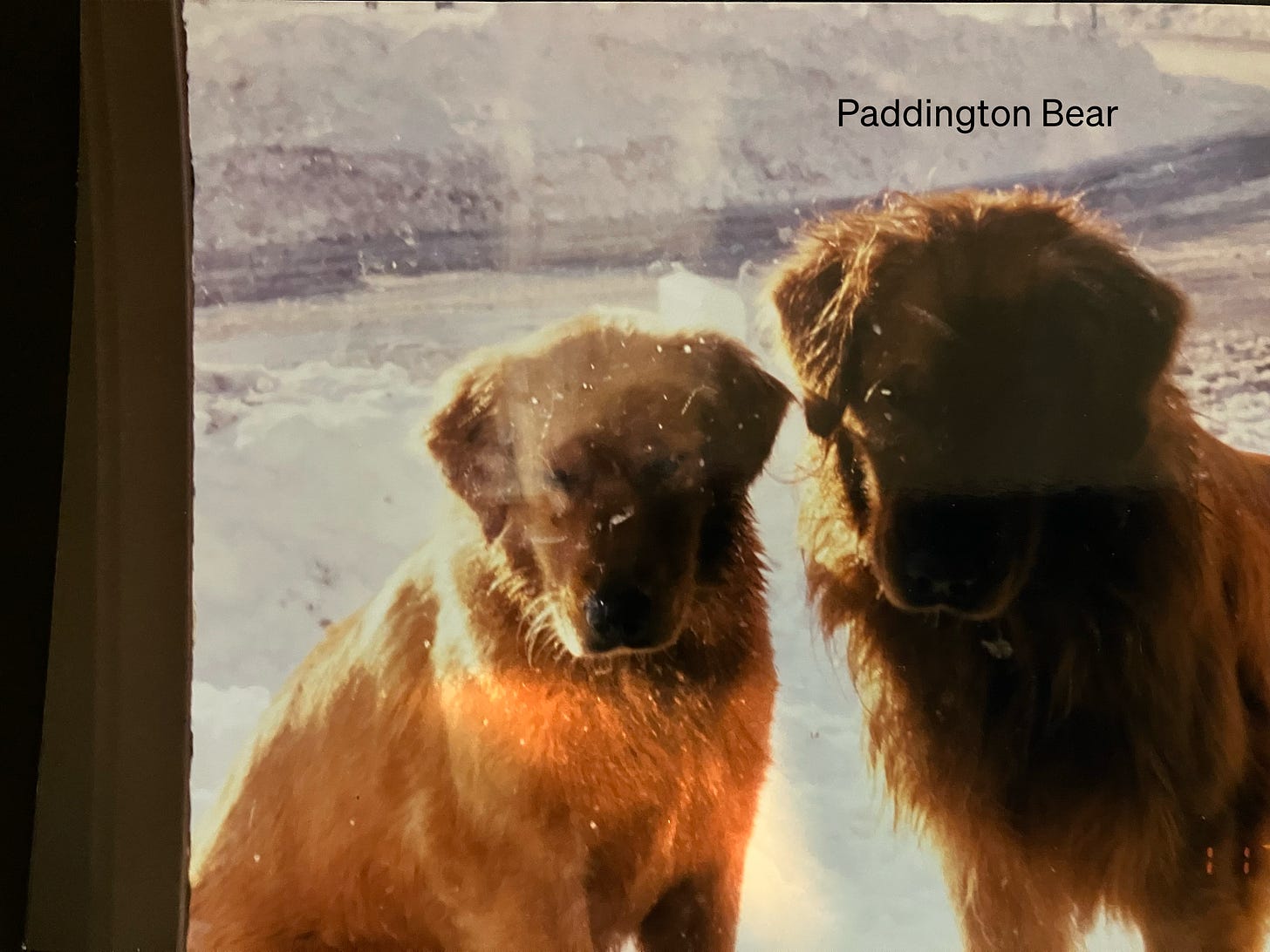
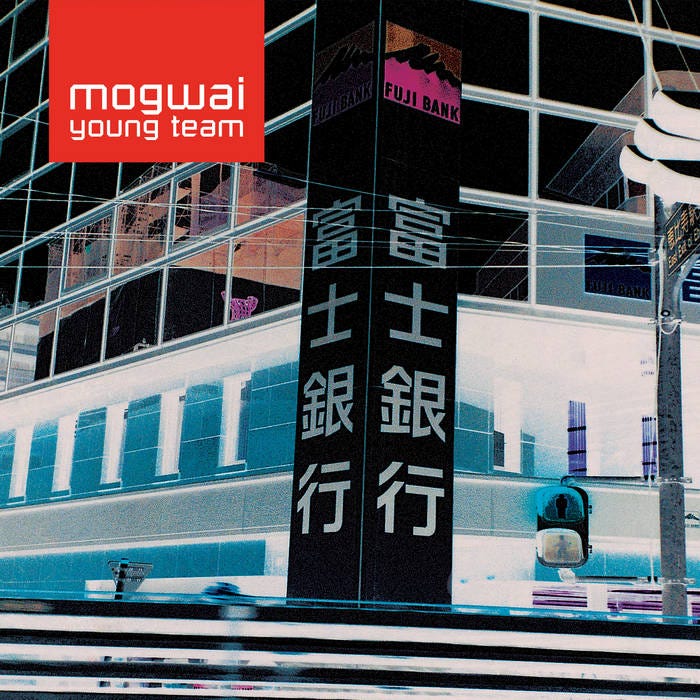
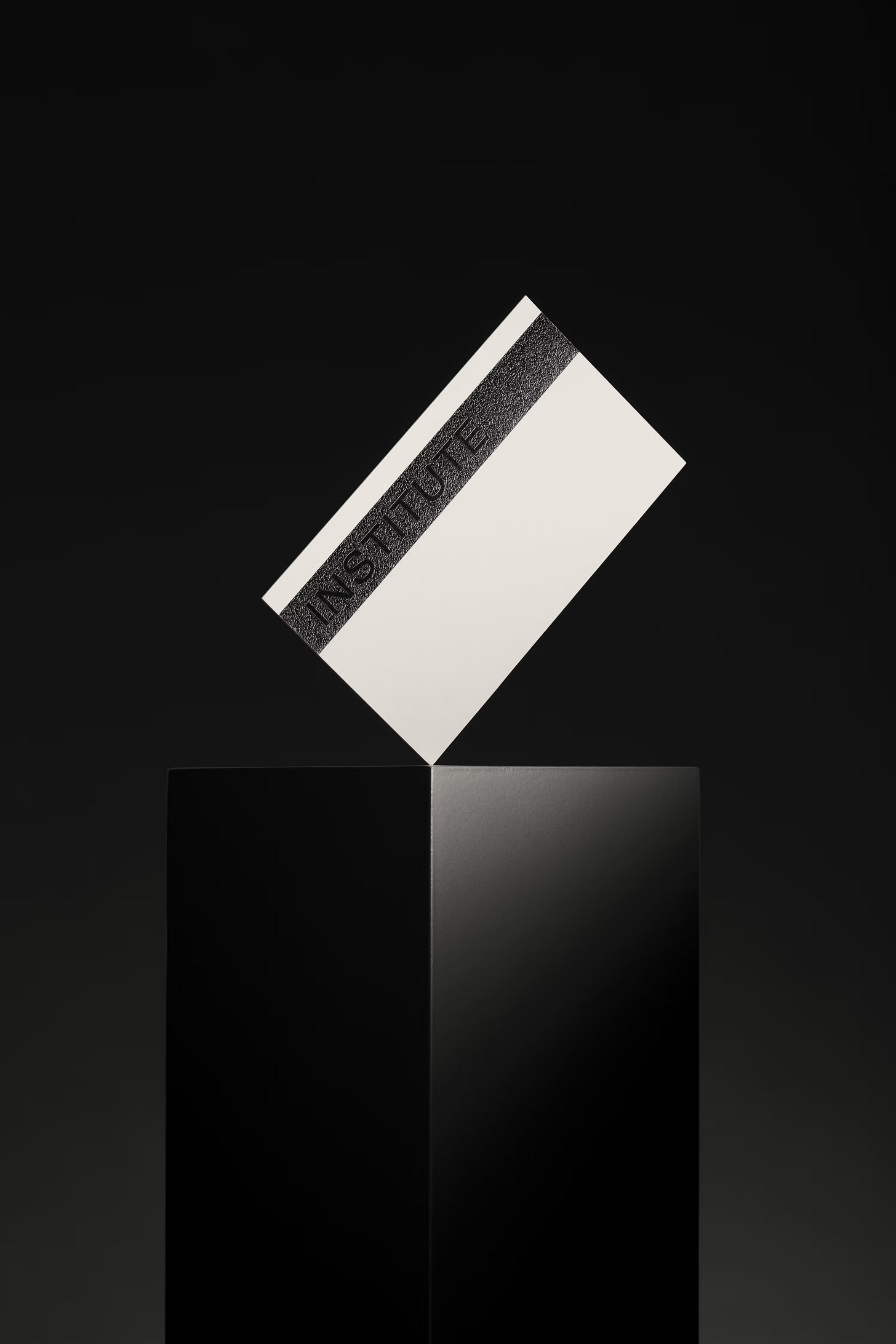
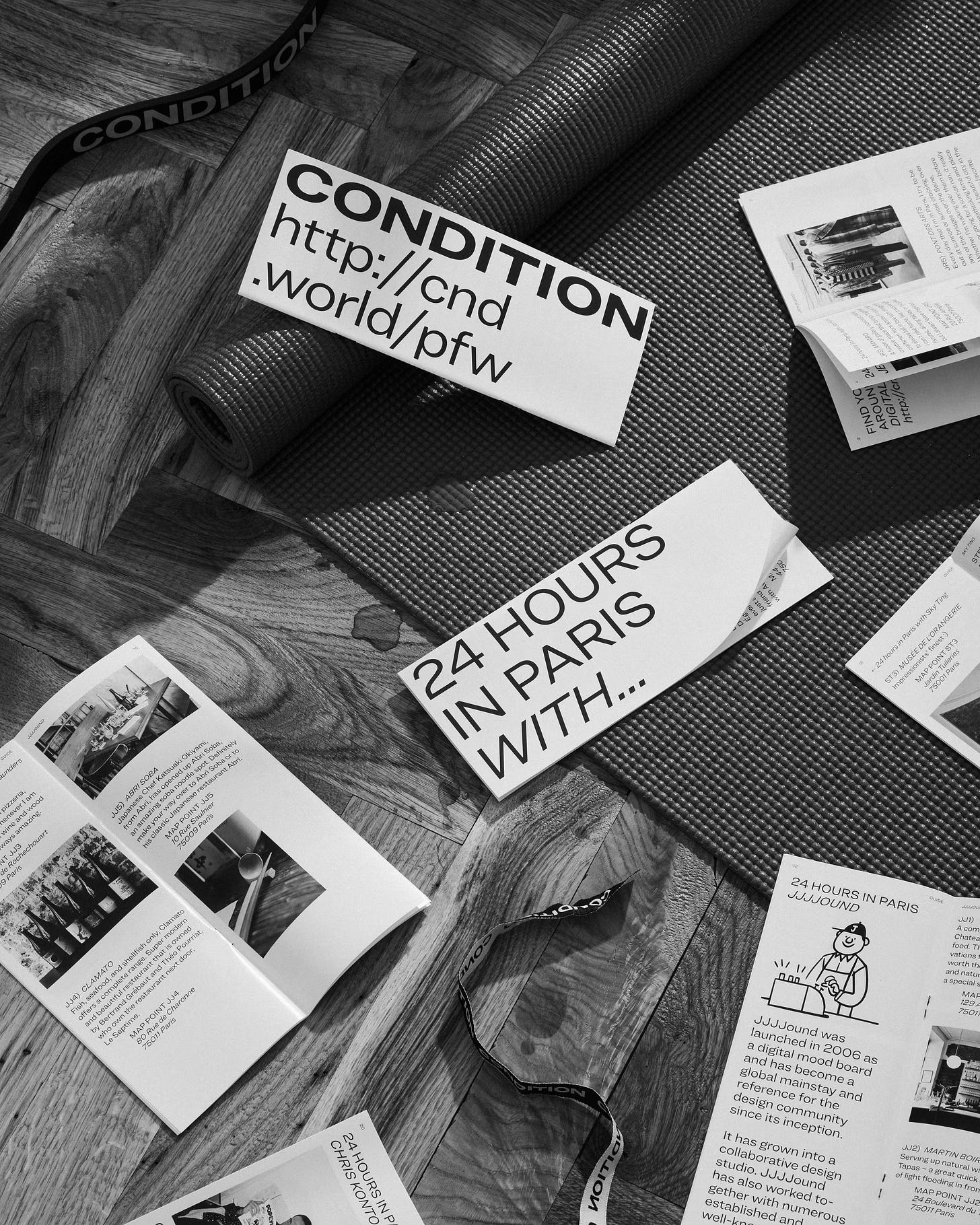
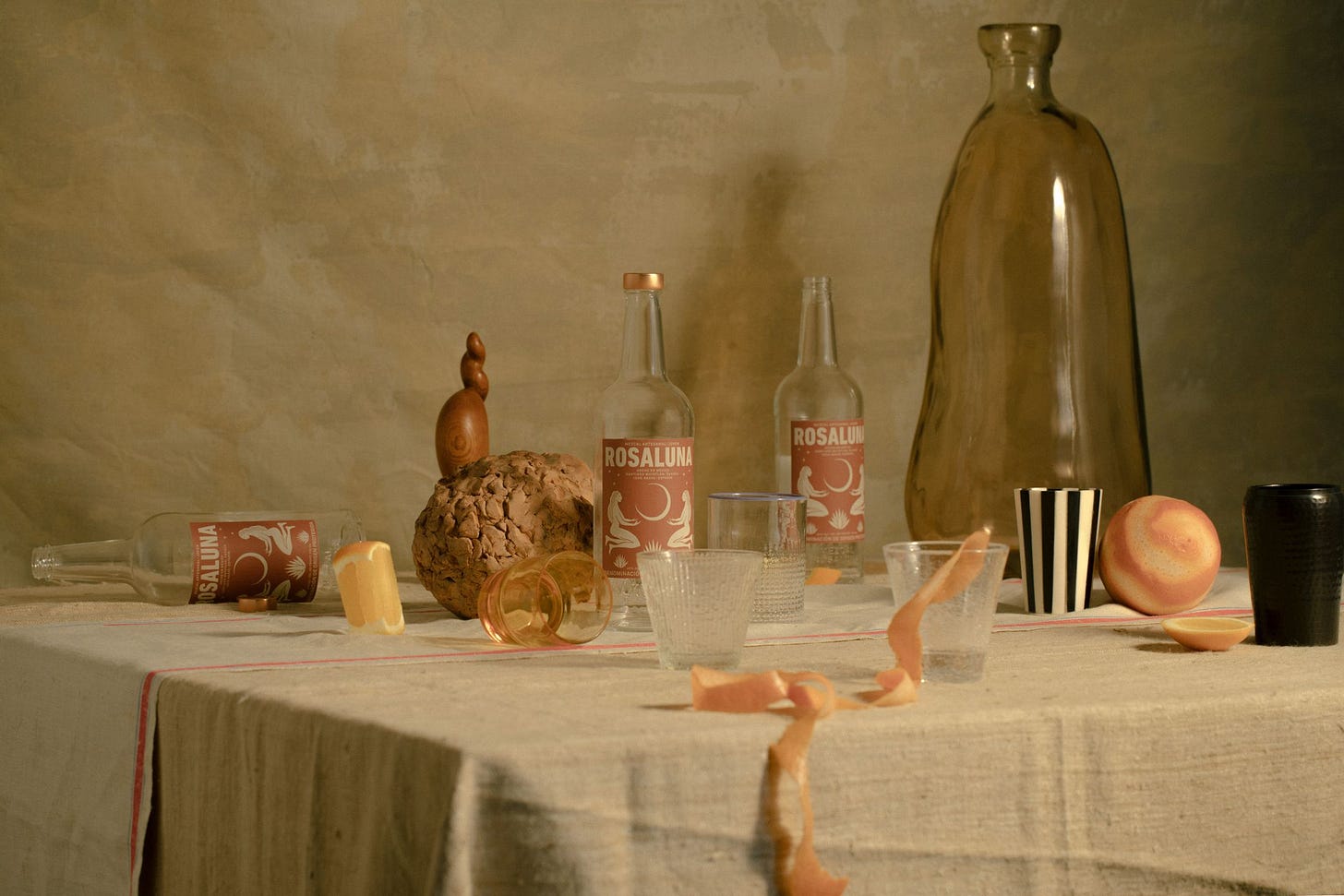
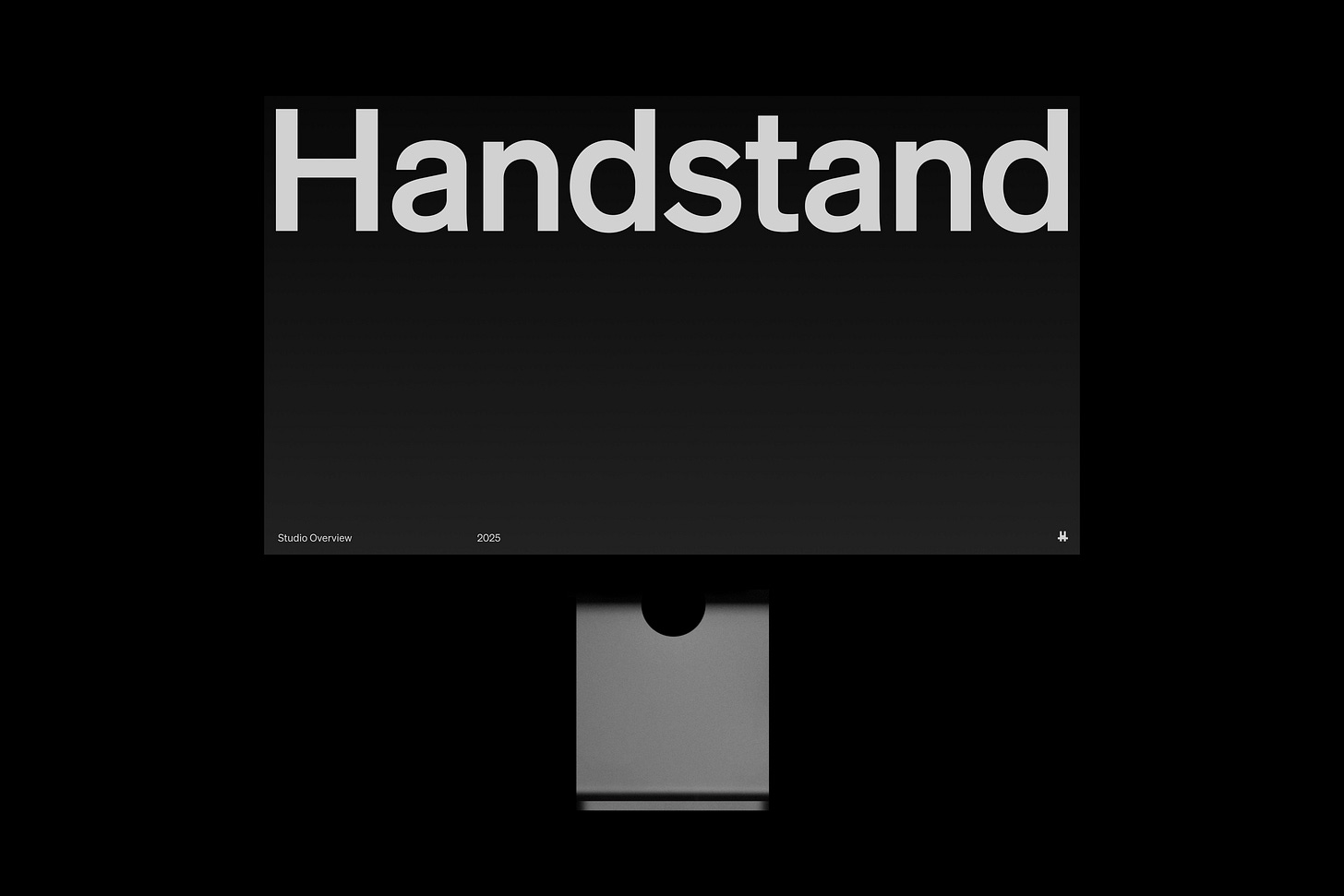

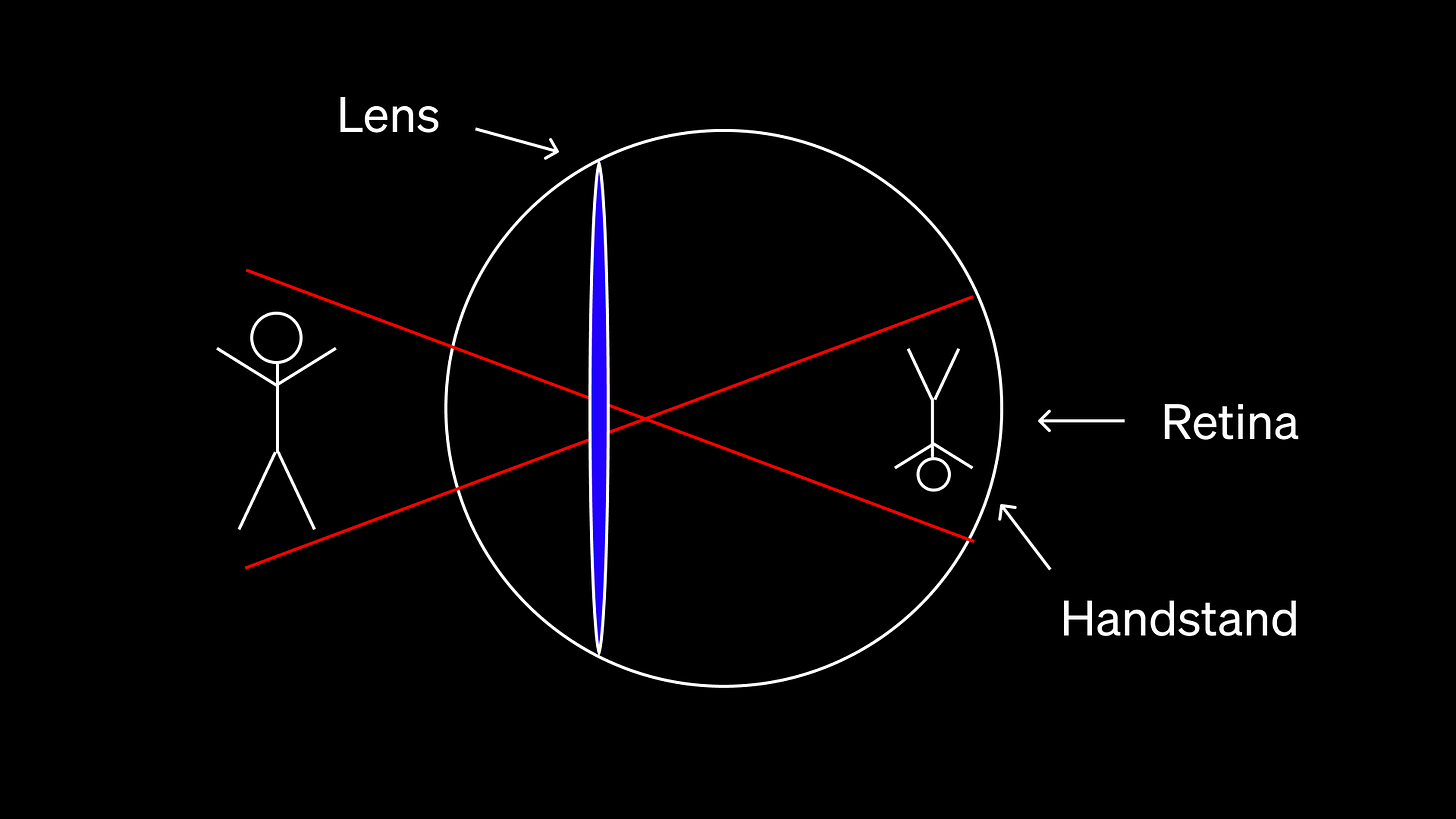
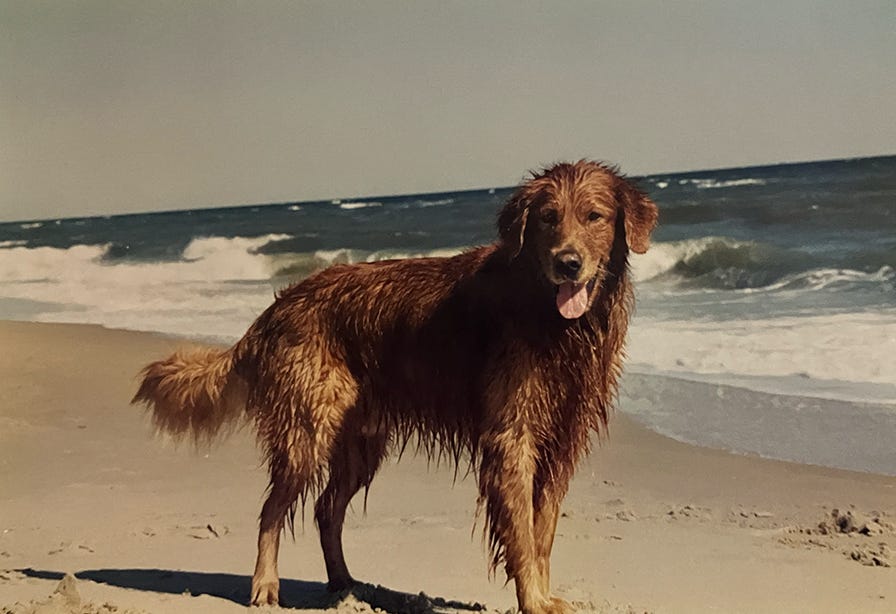
love this!
This is great! Thank you for sharing!